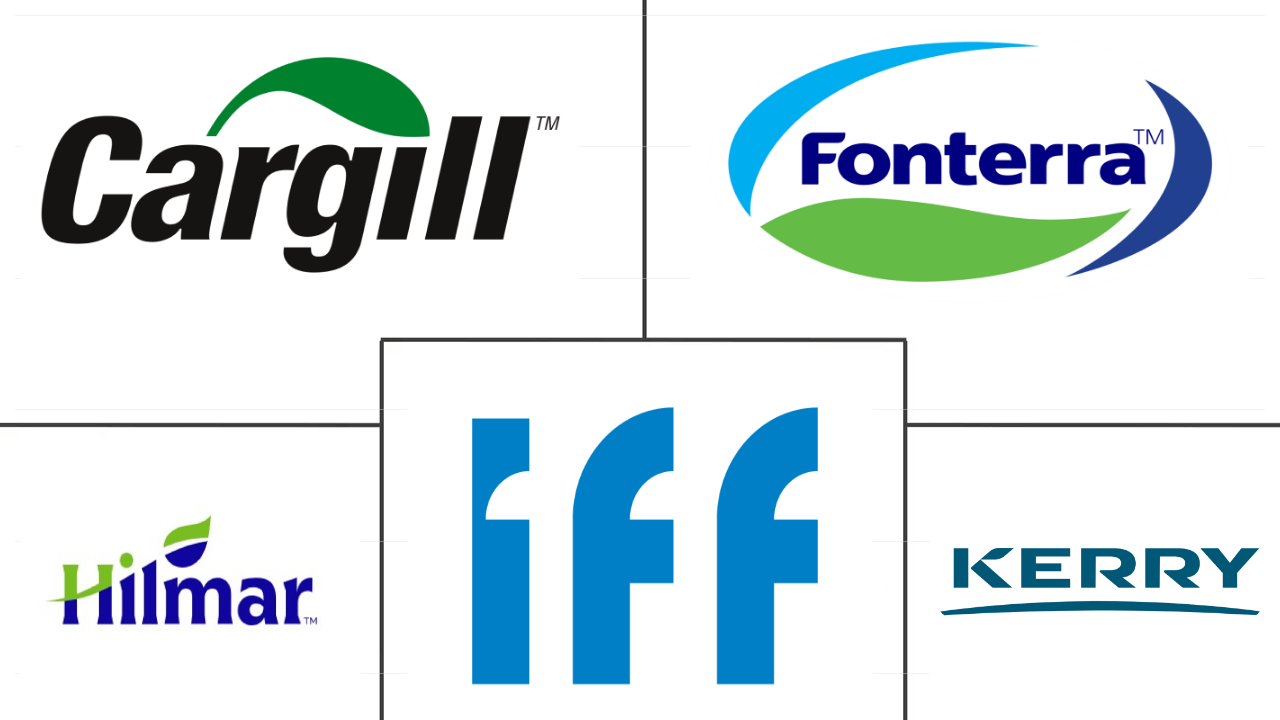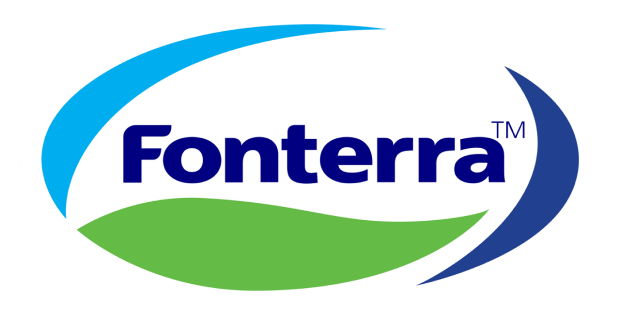Market Size of africa protein Industry
| Icons | Lable | Value |
|---|---|---|
|
|
Study Period | 2017 - 2029 |
|
|
Market Size (2024) | USD 2.12 Billion |
|
|
Market Size (2029) | USD 2.64 Billion |
|
|
Largest Share by End User | Food and Beverages |
|
|
CAGR (2024 - 2029) | 4.46 % |
|
|
Largest Share by Country | Nigeria |
Major Players |
||

|
||
|
*Disclaimer: Major Players sorted in no particular order |
Africa Protein Market Analysis
The Africa Protein Market size is estimated at 2.12 billion USD in 2024, and is expected to reach 2.64 billion USD by 2029, growing at a CAGR of 4.46% during the forecast period (2024-2029).
2.12 Billion
Market Size in 2024 (USD)
2.64 Billion
Market Size in 2029 (USD)
4.25 %
CAGR (2017-2023)
4.46 %
CAGR (2024-2029)
Largest Market by Source
63.61 %
value share, Plant, 2023
The animal feed and F&B industries drove the plant protein segment in the region. Soy protein remained the most favored type due to its low cost and excellent quality.
Largest Market by End User
64.46 %
value share, Food and Beverages, 2023
The higher supply of plant proteins like rice, pea, and wheat proteins that can mimic meat texture, together with protein fortification, is catering to the segment.
Fastest growing Market by Source
4.58 %
Projected CAGR, Plant, 2024-2029
The fastest growth of plant proteins is aided by the growth of the F&B industry, mainly bakery and snacks. Pea protein remained the region's fastest-growing plant protein.
Fastest growing Market by End User
5.86 %
Projected CAGR, Personal Care and Cosmetics, 2024-2029
The rise in demand for natural ingredients and protein-enriched skin, body, and hair care products drives the segment. The segment is projected to attain the fastest growth.
Leading Market Player
2.78 %
market share, Fonterra Co-operative Group Limited, 2021

The company has prioritized product innovation as a growth strategy to further strengthen its market position, focusing on the current market trends such as healthy snacking.
Sustainable alternative protein sources are boosting the market demand with application mostly through food and beverages sector
- Plant proteins accounted for the highest end-user application share (84.72%) in the African protein market. Consumer awareness of global issues such as climate change and the unsustainability of animal husbandry is growing. Furthermore, the influence of various celebrities on social media is making plant-based diets popular among the general public. Kenya and Nigeria, for example, were among the top 10 countries in the world in terms of growth in their vegetarian populations between 2016 and 2017. Since consumers are actively choosing food and beverages that blur the lines between groceries and medicine, the nutritional quantity of protein in products is increasing. Sales of meat substitutes and milk substitutes are increasing in tandem.
- The animal feed segment accounts for the highest share of 51.29% in plant protein applications in the market studied. The segment makes significant use of plant protein, mainly soy and wheat proteins, due to their low cost-in-use, excellent digestibility, and neutral flavor profile. The production animal can function at its highest zootechnical level due to the utilization of novel plant protein sources, such as hydrolyzed plant proteins. The personal care and cosmetics segment observed the highest growth over the study period, exhibiting a CAGR of 7.12% by volume. Pea protein is the major contributor to this growth because it reduces TEWL and increases skin water content.
- Plant protein is followed by animal protein application. By application, the F&B sector was the leading end-use segment for animal protein in the region in 2022. The bakery and snacks sub-segments accounted for the highest shares in the F&B segment, with 27.14% and 23.58%, respectively, in 2022.
With rising popularity of plant proteins among Nigerians, the country witnessed the second largest market contribution to the African protein market
- By country, Nigeria registered its dominance in the African protein market, followed by South Africa, in 2022, owing to the rise in veganism among the Nigerian population. Plant proteins are popular in Nigeria, especially soy protein, which has a low cost and high protein content. Hence, as acceptance grows, the Nigerian market is projected to record the fastest-growing CAGR of 6.34%, by value, over the forecast period (2023-2029). The rising disposable income of the population, which increased to USD 45.3 billion in 2021, has also been positively affecting the segment's growth since 2016 and is expected to continue to do so through 2029.
- On the other hand, animal proteins also witnessed demand in the African market. In 2021, it was estimated that around 18-20% of the consumption expenditure of an average Ethiopian consumer was devoted to animal-sourced foods. South Africa is another leading market with a comparatively bigger animal feed industry, accounting for a 33.04% share of the African animal feed sector. Such factors are boosting the growth of the South African segment of the African protein market.
- However, by protein type, plant proteins dominated the market with a share of 63.6%, by volume, in 2022 and are projected to register a higher CAGR of 4.30%, by value, during the forecast period, owing to the rising number of vegetarians in the region. Around 66% of the South African population stated they were interested in plant-based meat in 2021, which fueled the segment's growth. About 81% of consumers had tried plant-based milk, 48% had tried other dairy alternatives, and 44% had tried vegan meat alternatives in 2021.
